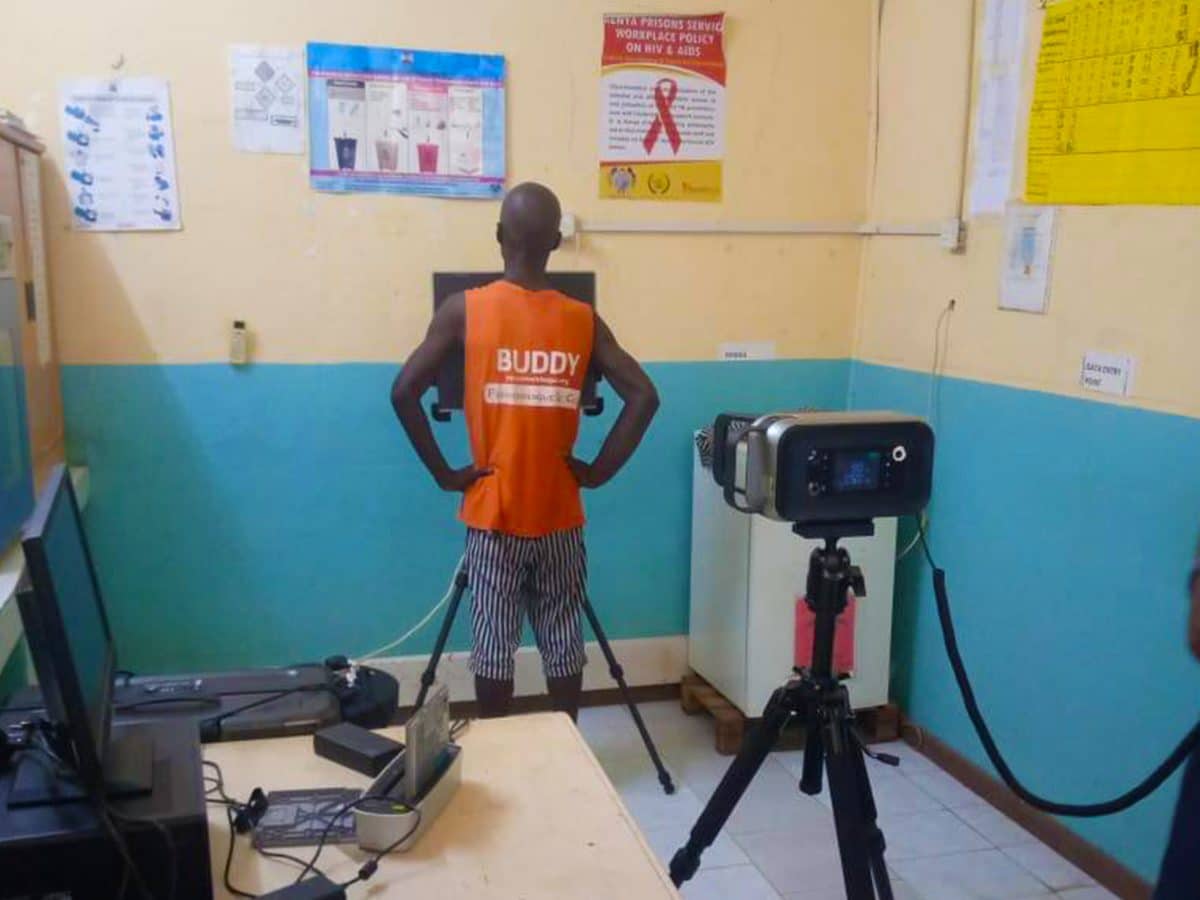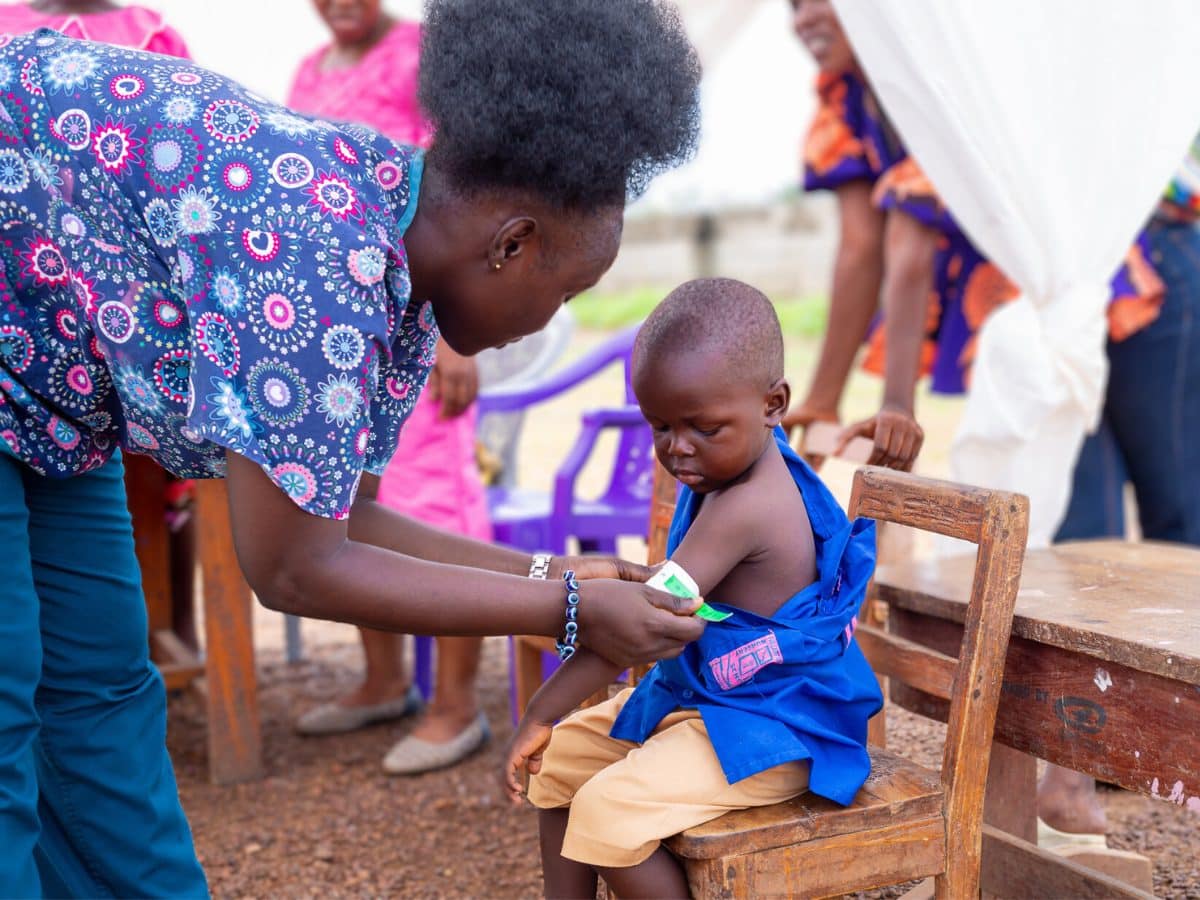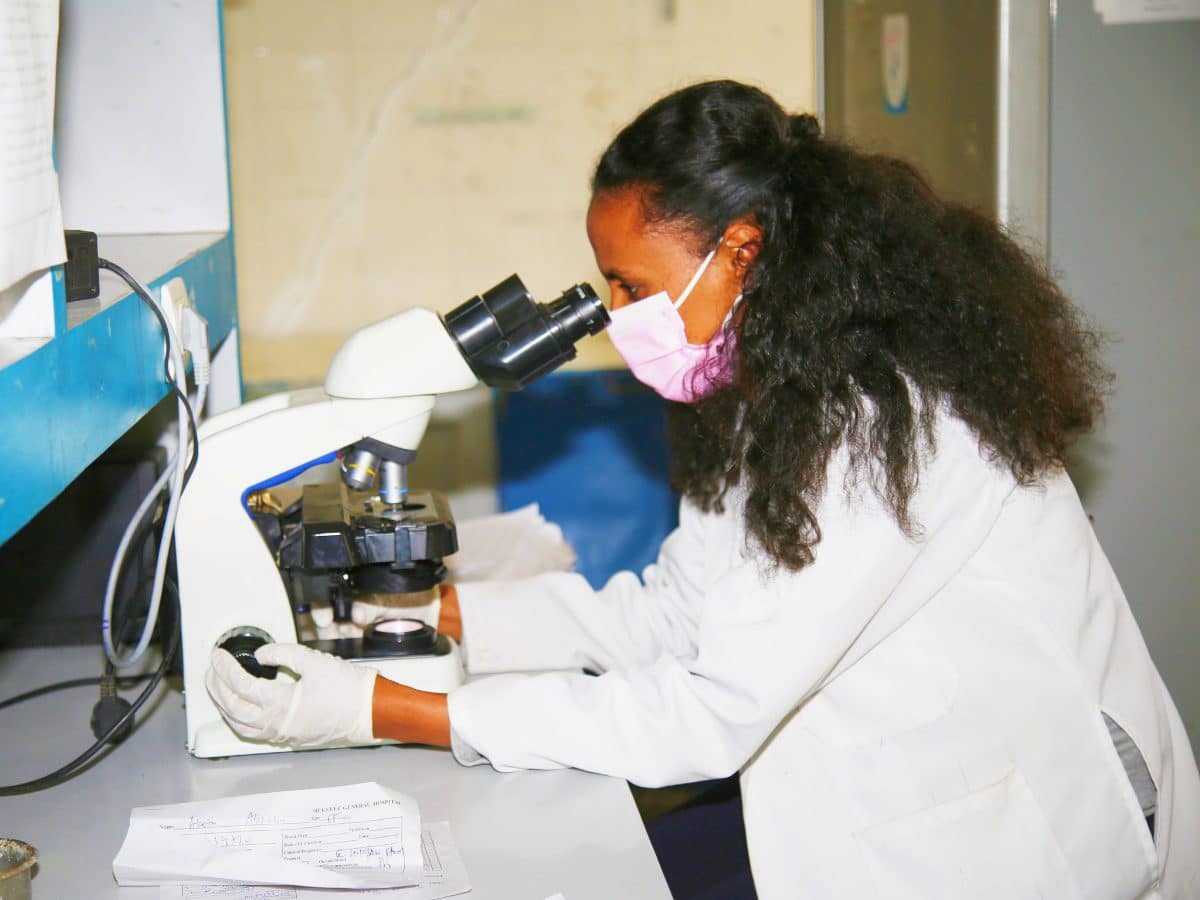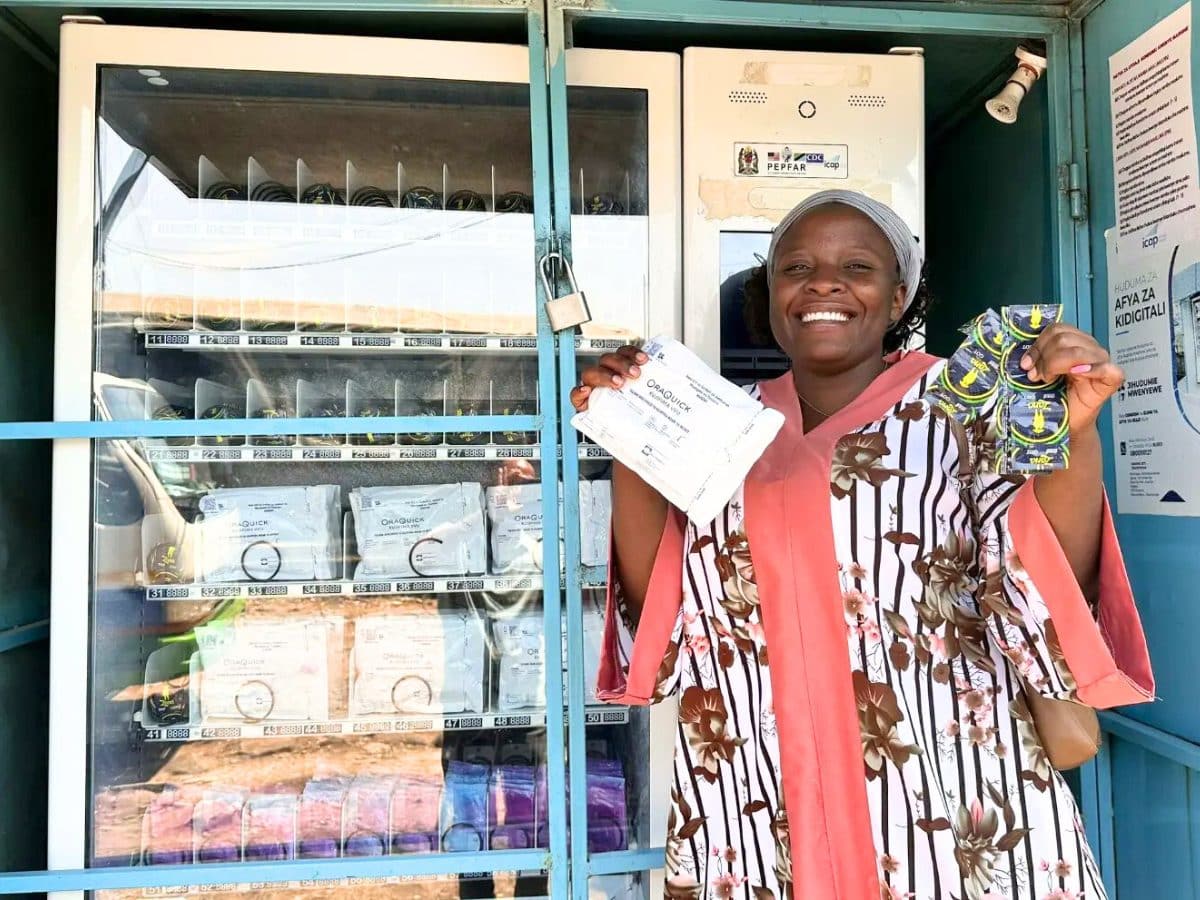The third Population-based HIV Impact Assessment (PHIA) survey in Eswatini, named SHIMS 3, showed the remarkable progress the southern African nation has made in addressing the HIV epidemic – demonstrating a major reduction in new HIV infections over the last decade.
The three Swaziland HIV Incidence Measurement Surveys (SHIMS) were led by the Government of the Kingdom of Eswatini through the Ministry of Health and the Central Statistical Office. The surveys were conducted with funding from the U.S. President’s Emergency Plan for AIDS Relief (PEPFAR) and through technical assistance and partnership with the U.S. Centers for Disease Control and Prevention (CDC). SHIMS were implemented by ICAP at Columbia University in collaboration with these key in-country entities, including the National Health Research and Innovation Department, Eswatini Health Laboratory Services, Eswatini National AIDS Program, Health Promotion Unit, the Environmental Health Department, and the National Emergency Response Council on HIV/AIDS (NERCHA).
Conducted in 2011, SHIMS 1 was the first national survey in the world to measure HIV incidence. With an HIV incidence rate of 2.48 percent and an HIV prevalence of 32 percent among adults aged 18-49 years, Eswatini had the highest national rate of new HIV infections and the highest proportion of adults living with HIV globally. Fewer than two-thirds (62 percent) of 18-to-49-year-olds living with HIV were aware of their status. At a time when antiretroviral treatment (ART) eligibility was limited to those with a CD4 count – an indicator of immune function, in which 500 to 1,200 cells/mL is normal – of less than 350 cells/ml, around half (53 percent) of those aware of their status were on ART, and 85 percent of those on ART had viral load suppression.
“Population-based HIV Impact Assessments are important tools for generating critical information about the status of the national HIV response,” said Ruben Sahabo, MD, ICAP country director in Eswatini. “They help us monitor progress against the UNAIDS targets and alert us to outstanding gaps and population subgroups that should be prioritized in the response moving forward.”
“Eswatini was the first country to measure nationwide HIV incidence, paving the way for dozens of national HIV impact surveys that would take place across Africa and Haiti in later years,” said Neena Philip, MPH, PhD, PHIA technical specialist at ICAP and co-principal investigator on SHIMS 3. “The first SHIMS survey was a crucial step towards evidence-based HIV programming.”
The findings from SHIMS 1 helped inform the national HIV response strategy in Eswatini, demonstrating the need to expand novel programs like community-based HIV testing campaigns, decentralized HIV services to increase access in rural areas, and task shifting facilitation of ART services from physicians to nurses. In 2016, against this backdrop, Eswatini launched the second survey, SHIMS 2, to reassess the status of the response.
The findings were heartening, as the survey showed that HIV incidence had significantly decreased from 2.48 percent in 2011 to 1.30 percent in 2016 among 18- to 49-year-olds, which was a noteworthy 46 percent reduction.
“Cutting new infections by half in just five years was a remarkable achievement accomplished through decentralization of HIV services, increased access to testing, increased linkages to prevention, treatment, and care, as well as ensuring adherence to treatment,” said Rejoice Nkambule, deputy director of Health Services at the Ministry of Health in Eswatini, who has served as the Ministry of Health lead throughout all three SHIMS surveys. “The findings showed that controlling the HIV epidemic is possible.”
SHIMS 2 results indicated that 73.1 percent of people living with HIV had viral load suppression, but also that more would need to be done to achieve control of the epidemic. This motivated adoption of a “test and treat” approach for universal initiation of antiretrovirals for people living with HIV, expanding the practice of dispensing a six-month supply of ART for people living with HIV to improve adherence.
This year’s World AIDS Day, observed on Dec 1, 2022, offered the opportunity to officially release and celebrate the results of the SHIMS 3 survey. Beginning in 2021, SHIMS 3 field staff visited over 7,000 households and interviewed over 11,000 adults 15 years and older to assess the country’s progress in addressing the HIV epidemic.
“Conducting a third SHIMS survey was an incredible opportunity to use the same rigorous ‘yardstick’ to measure the achievements of ten years of a determined and impressive national response to the epidemic,” said Jessica Justman, MD, ICAP senior technical director and principal investigator of SHIMS 1 and the first phase of the PHIA project surveys.

The survey showed that 93.7 percent of adults living with HIV were aware of their status. Among adults living with HIV who were aware of their status, 97.3 percent were on ART, and among adults who were on ART, 96.2 percent had suppressed viral loads. Annual incidence of HIV among adults in Eswatini was 0.62 percent and prevalence of viral load suppression among HIV-positive adults was 88.6 percent. The results underscore that Eswatini has surpassed the UNAIDS 95-95-95 targets for treatment and viral suppression in advance of the 2025 target date, providing clear evidence of the effectiveness of the country’s HIV treatment programs.
“Having participated in data collection in all three SHIMS surveys, it is clear that this accomplishment of surpassing the UNAIDS targets was done through shared responsibility and solidarity,” said Philile Claudia Dlamini, a data collector who worked on all three surveys. “By working together to close the gaps shown in the earlier SHIMS surveys, we have gotten closer to achieving an AIDS-free generation.”
Despite major progress in reducing new HIV infections in recent years, the survey found that more women compared to men continue to acquire new HIV infections and an estimated 4,000 new HIV infections still occur among adults annually in the country. In addition, while overall viral load suppression is high in Eswatini, gaps remain in achieving viral suppression among men aged 25-34 years. These gaps will be priorities going forward for the country as it looks to continue its steady journey toward epidemic control.
“The progress achieved is a testimony to the incomparable leadership and commitment in Eswatini,” said Wafaa El-Sadr, MD, MPH, MPS, ICAP founder and director. “This small but mighty country is showing the world what can be done with determination and by using data to inform action.”
About ICAP
A major global health organization that has been improving public health in countries around the world for nearly two decades, ICAP works to transform the health of populations through innovation, science, and global collaboration. Based at Columbia Mailman School of Public Health, ICAP has projects in more than 40 countries, working side-by-side with ministries of health and local governmental, non-governmental, academic, and community partners to confront some of the world’s greatest health challenges. Through evidence-informed programs, meaningful research, tailored technical assistance, effective training and education programs, and rigorous surveillance to measure and evaluate the impact of public health interventions, ICAP aims to realize a global vision of healthy people, empowered communities, and thriving societies. Online at icap.columbia.edu








